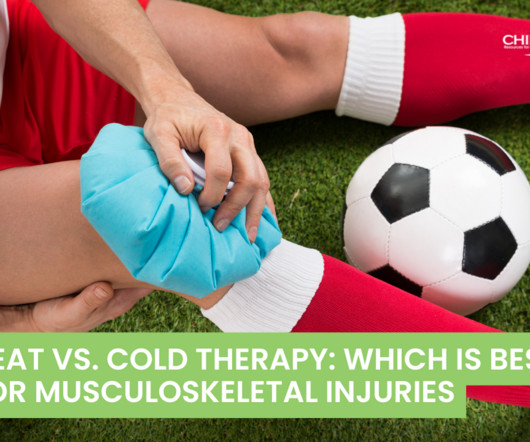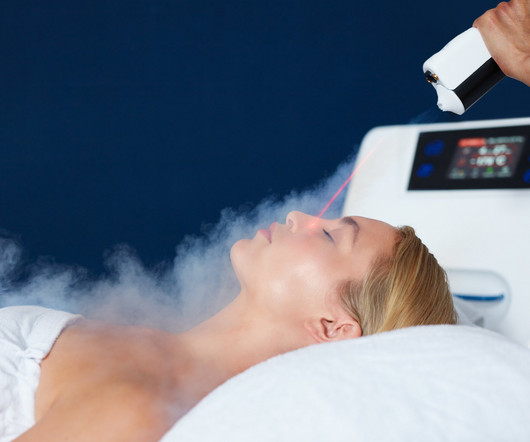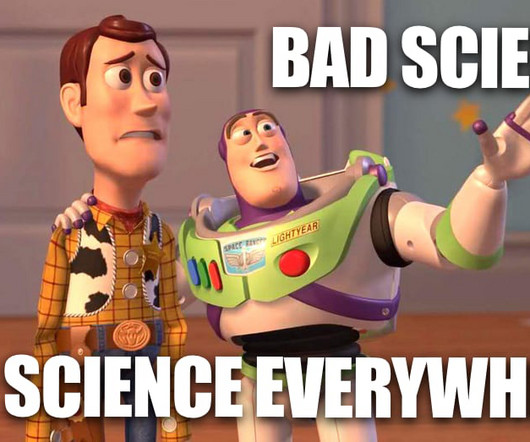Brachioradial Pruritus: The Neuropathic Itch Every DC Should Recognize
ChiroUp
JANUARY 2, 2025
1,4,5,9) Cervical spine conditions such as disc herniation, spondylosis, or chronic joint dysfunction hypersensitize these nerves, making them more likely to misfire. (12) 2002 Dec;20(4):186-90. 12) What Causes Neuropathic Itch? 13,14,16) 3. spondylosis or disc lesions). The Journal of dermatology. 2007 May;34(5):315-9. 2021 Mar;9(5).












Let's personalize your content